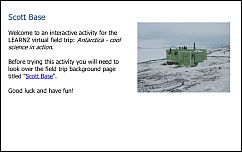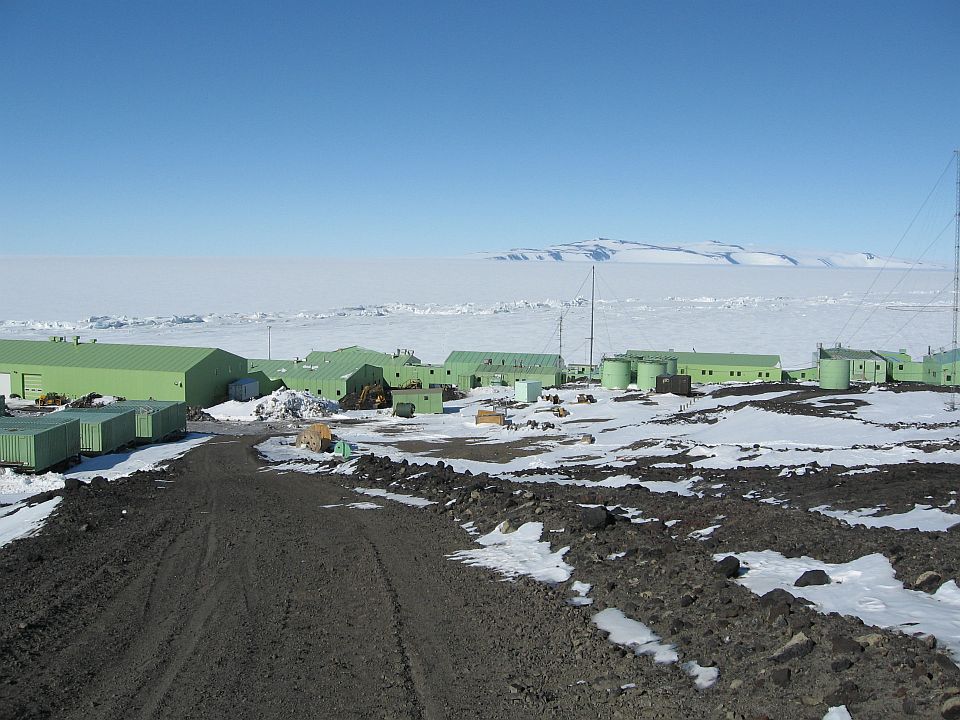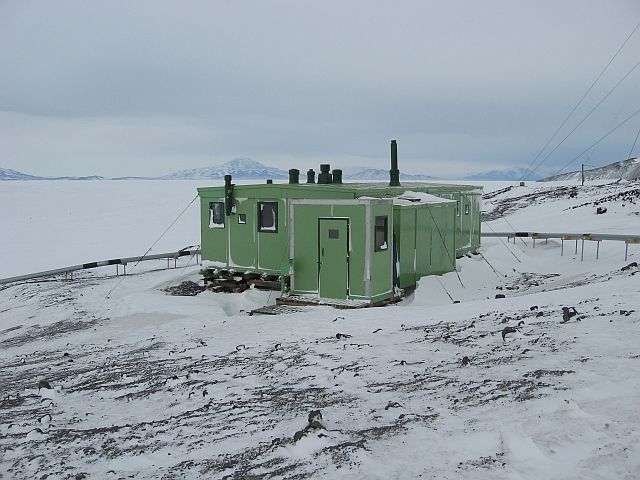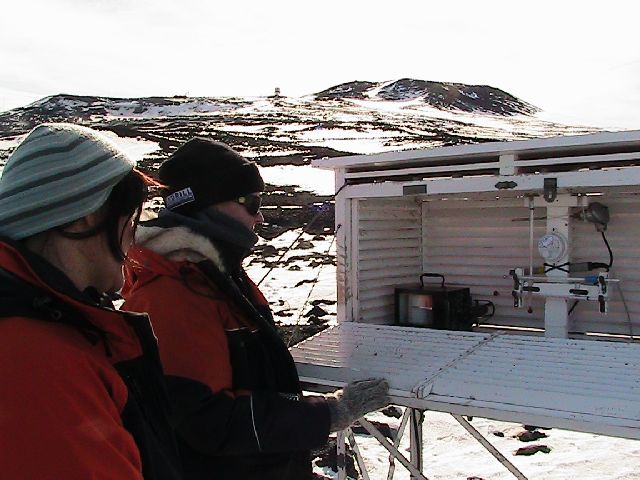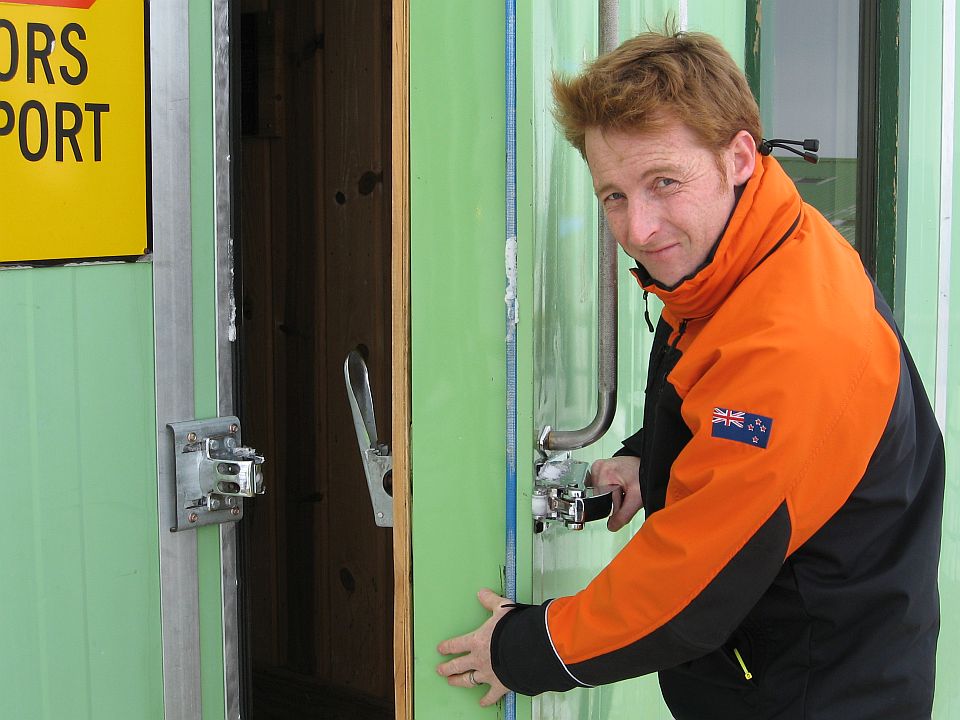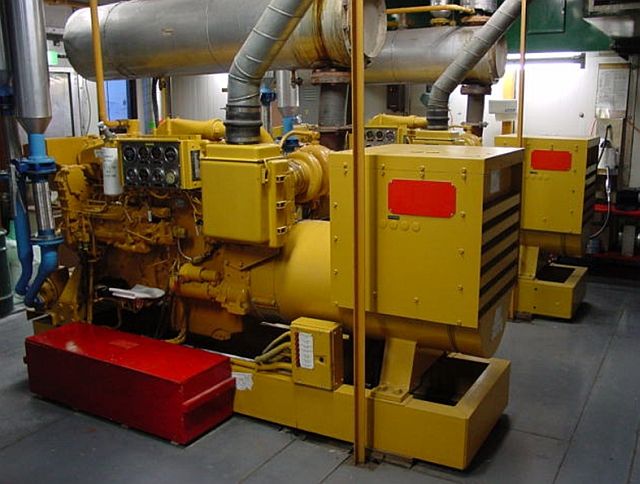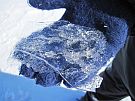Scott Base is on Ross Island in the Ross Sea region of Antarctica. The closest neighbour to Scott Base is the American base, McMurdo Station, just 3km away.
The Early Days
The building of Scott Base began in 1956 to support two Antarctic activities:
- the Commonwealth Trans-Antarctic Expedition (TAE) of 1955-58
- the International Geophysical Year (IGY) of 1957-58
Originally the base was made up of six buildings, connected by unheated, corrugated iron tunnels. The first building 'A' hut, TAE hut or Hillary’s Hut (as it is now known) was completed on 20 January 1957. In 1958 New Zealand made the decision to continue to operate the base for scientific research.
Over the 2016-2017 summer the Antarctic Heritage Trust's team on the Ice spent more than 5,700 hours carefully restoring Hillary's Hut and conserving more than 500 artefacts.
Scott Base Today
The original base started to be redeveloped in 1976. Today only three of the original buildings remain and a large extension known as the Hillary Field Centre (HFC) was completed in 2006. The HFC provides large areas for storage and maintenance of equipment, offices, a fitness centre and refrigerated storage facilities.
The base is made up of a collection of green buildings which are linked by all-weather corridors. These buildings can accommodate 85 people over summer, with a 'skeleton staff' of between 10 and 14 people remaining over the winter. Scott Base has 30 bedrooms, sleeping between one and six people per room, and including bathroom and toilet facilities.
The walls and doors of the buildings are made of insulated panels like a freezer, but keeping the heat in, not out. Heat comes from a diesel generator that runs 24/7 providing electricity for the base. On windy days 3 large wind turbines produce electricity for both Scott Base and McMurdo Station. Take a look at the 2009 LEARNZ field trip to find out more about the wind turbines.
Research
Scott Base is one of around 40 permanent scientific bases in Antarctica. Scientists travel to Scott Base in order to take part in the 20-30 research projects that take place each summer. Antarctica New Zealand staff also work at Scott Base to provide food, administration, communications, operations and field training for the scientists.

Science activities that are carried out at Scott Base include:
- environmental monitoring
- atmospheric studies
- meteorological observations
- biology of both land and marine environments
- tide measurements

